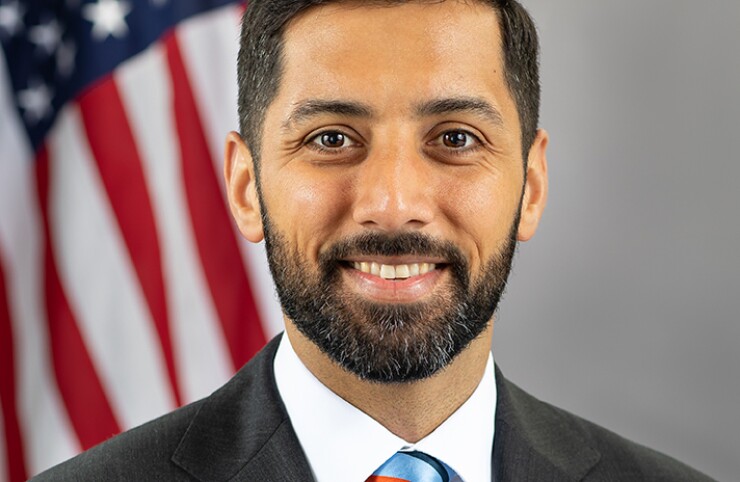Data standardization across the municipal market will likely take years and much discussion to pinpoint the issues and how the market can solve them.
Some of the apparent problems were discussed at the Brookings Municipal Finance Conference where Marc Joffe, federalism and state policy analyst at the Cato Institute, presented his paper outlining them.
“If fundamental municipal data were better organized, they could be readily analyzed with statistical packages and even electronic spreadsheets,” Joffe, a longtime critic of issuer disclosure practices, noted.
CUSIPs, which through their intellectual property can’t be easily copied and pasted into external data sets, were one example of the problems he noted.
Efforts to eliminate the copyright are underway, including a lawsuit filed by Standard & Poor’s, but it’s not clear that it’s possible to create a clean single identifier for both issuers and security-level identifiers, Cleveland Chief Financial Officer Ahmed Abonamah said.
“We should avoid baking into any future regulations a specific service, a specific provider and if the regulators were to take this up, I really encourage them to set standards so that we’re not saying okay, Bloomberg’s tool is what we’re going to use now,” Abonamah said. “Well, what happens 10 or 15 years from now, if Bloomberg decides to not be so generous with its freely accessible identifier.”
Any change would surely be a cost burden for issuers as well as the Municipal Securities Rulemaking Board, he noted, but since this is a market convention, to a certain degree it’s up to market participants that use CUSIPs to determine they want to use something else.
Also problematic are late filings, as evidenced in Puerto Rico, Compton, Calif., which failed to file in 2015, 2016 and 2017, and Mount Vernon, New York, which is five years delinquent, could result in withdrawal of credit ratings, restricted market access or higher financing costs, Joffe said.
Deadlines for filings are clear and the regulations aren’t vague, Abonamah said.
“The issue is a complete lack of market discipline in the context of knowing that there is almost always an imbalance between supply and demand, and so that market discipline is really hard to impose on the broker-dealer side,” Abonamah said, who added that issuers who file late can often still get fair bond pricing. “There’s no market communication that’s conveying to them that this is a real problem other than for folks like us in a room, acknowledging that theoretically, this is a problem.”
Another barrier outlined in Joffe’s paper is a number of states — including New Jersey, Arkansas, Indiana, Iowa and Nebraska — don’t follow the Government Accounting Board Standards, which makes it tougher for analysts to perform comparisons.
Abonamah worries that the pursuit of identical standards across markets may not be clearly defined and one version of heterogeneity may be traded for another.
“Is it really conceivable to have a single set of standards for a market that is as diverse as this?” Abonamah asked.
Muni issuers are required to file Annual Comprehensive Financial Reports as well as other continuing disclosures on EMMA but “entities that do not have outstanding bond issues face no such requirement,” Joffe said. “As a result, EMMA only has a subset of U.S. local government financial disclosures.”
Joffe recommends the implementation of a comprehensive nationwide ACFR repository, built by a university or non-governmental organization to facilitate the use of machine-readable ACFRs.
Disclosures are often made in PDF documents, which are not machine-readable. That issue has been partially addressed by the Financial Data Transparency Act, he said. Under the Act, all disclosures soon will need to be machine readable, rendering PDFs obsolete.
Joffe recommends the Securities and Exchange Commission, charged with implementing the FDTA, should transition the muni market to Legal Entity Identifiers and adopt an appropriate mapping system for their use.
“This set of reforms would finally usher municipal finance into the 21st century, opening new opportunities for credit monitoring, state and federal oversight, academic and public policy research, and citizen involvement,” Joffe wrote. “They would place EMMA on equal footing with EDGAR, allowing individual investors in municipal securities to have the same access to data now afforded those who invest in corporate securities.”
But Emily Brock, director of the federal liaison center at the Government Finance Officers Association said there are concerns the large, diverse muni market would not be able to easily implement such changes across the market in short order.
“I think it’s probably out of the scope of reality to think about implementing it in four years,” Brock said.
